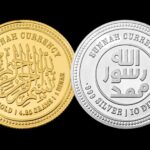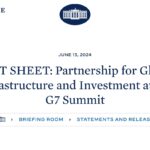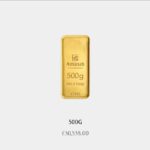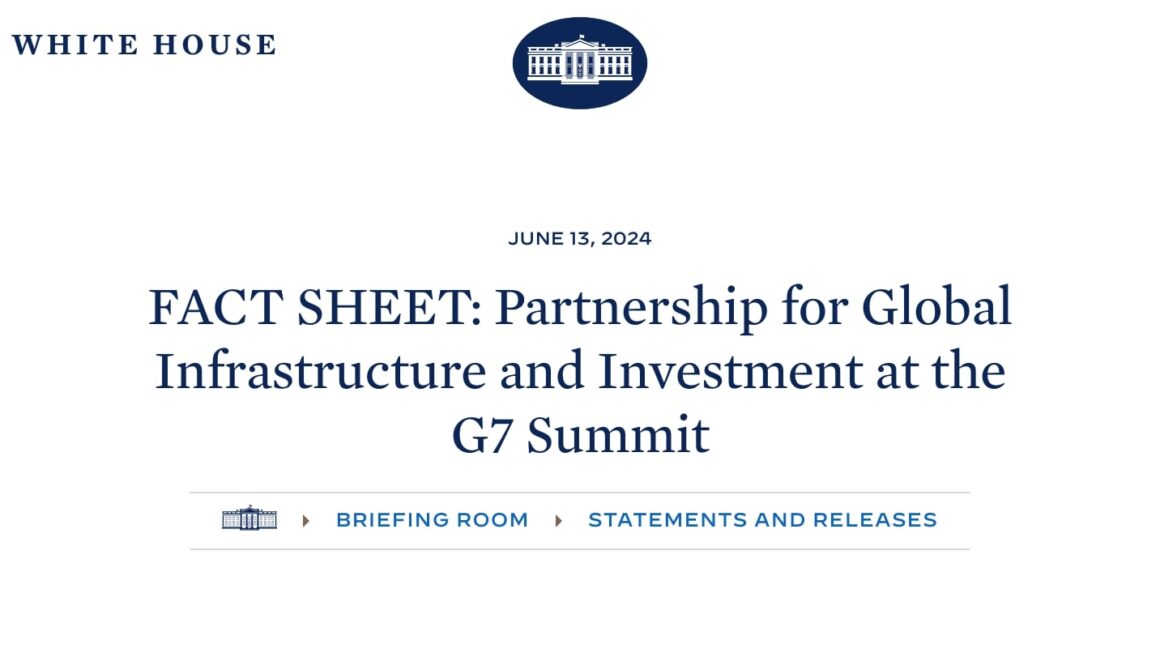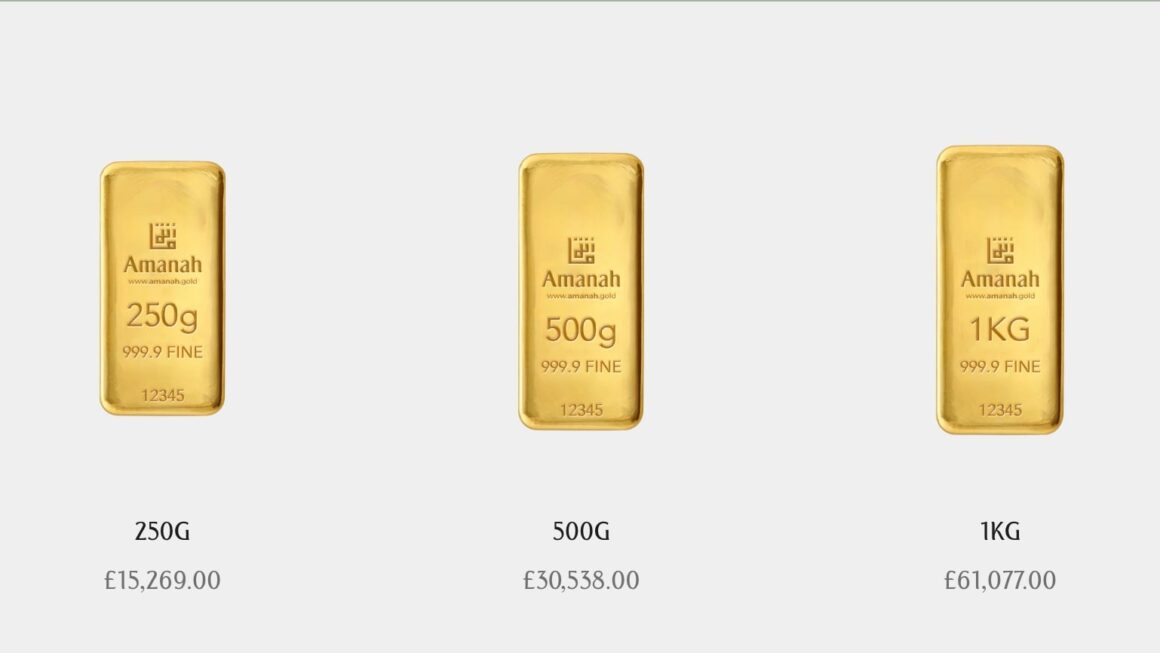Article Outline:
- Introduction
- The Central Bank of Iran’s initiative
- A shift away from the US dollar
- Strengthening economic ties with Oman
- Reasons behind the decision
- Reducing reliance on the US dollar
- Enhancing bilateral trade and economic relations
- Impact on Iran’s economy
- Mitigating risks associated with sanctions
- Encouraging foreign investment
- Potential challenges and considerations
- Currency conversion and stability
- Trade and transactional mechanisms
- The role of digital currencies
- Exploring alternatives to traditional currencies
- Opportunities and potential risks
- International implications and reactions
- Reaction from the United States
- Responses from other countries
- Conclusion
Farzin Pointed to the Full Readiness of the Central Bank of Iran to Remove the US Dollar from Trade and Economic Transactions Between Iran and the Sultanate of Oman
The Central Bank of Iran has recently declared its full readiness to eliminate the use of the US dollar in trade and economic transactions between Iran and the Sultanate of Oman. This significant move highlights Iran’s commitment to diversifying its international trade relationships and reducing reliance on the US dollar as the dominant currency for conducting global business. The decision aims to strengthen economic ties between Iran and Oman while simultaneously mitigating the potential risks associated with US sanctions.
1. The Central Bank of Iran’s Initiative
The initiative by the Central Bank of Iran marks a notable departure from the traditional reliance on the US dollar in international trade. By shifting away from the dollar, Iran seeks to establish stronger economic partnerships with countries such as Oman, fostering a more balanced and diversified economic landscape.
The focus on Oman as a strategic partner stems from its geographical proximity to Iran and the potential for enhanced bilateral trade. By eliminating the US dollar as the primary medium of exchange, Iran and Oman can forge closer economic ties and explore new avenues of cooperation.
2. Reasons behind the Decision
The decision to remove the US dollar from trade and economic transactions between Iran and Oman is driven by several factors. Firstly, it aims to reduce Iran’s dependence on the US dollar, particularly in light of the economic sanctions imposed by the United States. By diversifying its currency usage, Iran aims to insulate its economy from potential disruptions caused by US sanctions, ensuring greater stability and resilience.
Secondly, the initiative is intended to strengthen bilateral trade and economic relations with Oman. By facilitating transactions in alternative currencies or establishing direct payment mechanisms, Iran and Oman can bypass the complications and restrictions imposed by the US dollar-dominated global financial system. This approach opens up new opportunities for trade expansion and mutually beneficial economic cooperation.
3. Impact on Iran’s Economy
Removing the US dollar from trade and economic transactions can have several positive impacts on Iran’s economy. Firstly, it helps to mitigate the risks associated with sanctions. As the US dollar continues to be used as a tool for enforcing economic measures, reducing dependence on it can provide Iran with greater economic independence and resilience in the face of geopolitical challenges.
Furthermore, this move can also encourage foreign investment in Iran. By offering alternative currency options for conducting business, Iran can attract investors who may have been hesitant due to concerns about the impact of US sanctions. Enhanced economic cooperation with Oman can serve as a model for other countries seeking to diversify their international trade relationships and reduce exposure to the US dollar.
4. Potential Challenges and Considerations
While the decision to remove the US dollar from trade and economic transactions presents opportunities, several challenges and considerations must be addressed. One of the key concerns is the management of currency conversion and stability. Establishing mechanisms for seamless currency exchange between Iran and Oman will be crucial to ensure smooth and efficient trade operations.
Additionally, alternative trade and transaction4. Potential Challenges and Considerations (cont’d)
Additionally, alternative trade and transactional mechanisms need to be established to facilitate the smooth flow of commerce between Iran and Oman. This may involve exploring new financial instruments and platforms that are not reliant on the US dollar, such as digital currencies or blockchain technology. Ensuring the security and efficiency of these mechanisms will be vital for their successful implementation.
Another consideration is the international response to Iran’s decision. The United States, as a major player in the global financial system, is likely to closely monitor and potentially react to any significant moves away from the US dollar. It is essential for Iran to anticipate and manage any potential repercussions or diplomatic challenges that may arise from this shift in currency usage.
5. The Role of Digital Currencies
In the era of digital transformation, the role of digital currencies cannot be overlooked. Iran’s decision to remove the US dollar from trade and economic transactions presents an opportunity to explore the use of digital currencies as an alternative means of conducting business. Digital currencies, such as cryptocurrencies or central bank digital currencies (CBDCs), offer the potential for faster, more secure, and cost-effective transactions.
While digital currencies can bring numerous benefits, there are also potential risks associated with their adoption. These risks include regulatory concerns, market volatility, and the need to ensure the stability and integrity of digital currency systems. Careful consideration and collaboration with international partners will be necessary to navigate these complexities successfully.
6. International Implications and Reactions
Iran’s initiative to remove the US dollar from trade and economic transactions is likely to attract attention and elicit reactions from various stakeholders. The United States, being a key player in the global financial system, may view this move as a challenge to its economic dominance. As a result, it is crucial for Iran to anticipate and manage any potential diplomatic or economic repercussions.
Furthermore, the responses from other countries will be significant. Iran’s decision may inspire other nations to explore alternatives to the US dollar and diversify their currency usage, potentially reshaping the global financial landscape. Cooperation and coordination among countries that seek to reduce their reliance on the US dollar could lead to the development of new frameworks and mechanisms for international trade and finance.
Conclusion
The full readiness of the Central Bank of Iran to remove the US dollar from trade and economic transactions with Oman signifies a strategic shift aimed at strengthening bilateral economic ties while reducing reliance on the US dollar. By diversifying currency usage, Iran seeks to mitigate the risks associated with sanctions and enhance its economic resilience. The move also presents an opportunity to explore alternative mechanisms, such as digital currencies, and encourages other nations to reconsider their dependence on the US dollar. However, it is crucial for Iran to address potential challenges related to currency conversion, trade mechanisms, and navigate international reactions to ensure the successful implementation of this initiative.
FAQs (Frequently Asked Questions)
-
What are the main reasons behind Iran’s decision to remove the US dollar from trade with Oman? Iran aims to reduce reliance on the US dollar, especially in the face of economic sanctions, and strengthen economic ties with Oman by diversifying currency usage.
-
How will removing the US dollar from trade benefit Iran’s economy? It can mitigate risks associated with sanctions, encourage foreign investment, and enhance economic independence and resilience.
-
What challenges might Iran face in implementing this decision? Currency conversion and stability, trade mechanisms, and potential international reactions are some challenges that need to be addressed.
-
Can digital currencies play a role in this initiative? Yes, digital currencies offer opportunities for faster, secure, and cost-effective transactions, but careful consideration of risks and collaboration with international partners is necessary.
-
What could be the broader implications of Iran’s move to remove the US dollar from trade? Iran’s decision could inspire other countries to explore alternatives to the US dollar, potentially reshaping the global financial landscape and fostering greater economic independence among nations.
-
How might the United States react to Iran’s initiative? As a major player in the global financial system, the United States may closely monitor and potentially respond to Iran’s shift away from the US dollar. It is important for Iran to anticipate and manage any potential diplomatic or economic repercussions.
-
What are the potential benefits of diversifying currency usage for Iran and Oman? Diversifying currency usage can strengthen economic ties, open up new avenues for trade, attract foreign investment, and reduce exposure to the risks associated with the dominance of the US dollar.
-
How can Iran ensure the stability and integrity of alternative trade mechanisms? Iran should establish secure and efficient systems for currency conversion, explore technological solutions such as digital currencies or blockchain, and collaborate with international partners to address regulatory and stability concerns.
-
Will this initiative have an immediate impact on Iran’s economy? The impact may be gradual as alternative trade mechanisms and partnerships are established. However, over time, it can contribute to greater economic resilience, reduced dependence on the US dollar, and increased opportunities for trade and investment.
-
How can Iran navigate potential diplomatic challenges and international reactions? Iran should engage in open communication, diplomacy, and collaboration with other nations, presenting the benefits of diversifying currency usage and emphasising the shared goals of economic cooperation and stability.
In conclusion, the Central Bank of Iran’s readiness to remove the US dollar from trade and economic transactions with Oman signals a significant shift in Iran’s approach to international trade. By diversifying currency usage, Iran aims to reduce reliance on the US dollar, strengthen bilateral economic ties, and mitigate risks associated with sanctions. This decision presents opportunities for exploring alternative trade mechanisms, such as digital currencies, and inspiring other nations to reconsider their dependence on the US dollar. However, addressing challenges related to currency conversion, trade mechanisms, and managing international reactions will be crucial. By navigating these complexities successfully, Iran can pave the way for a more diversified, resilient, and inclusive global economic landscape.
-
FAQs (Frequently Asked Questions)
- What are the main reasons behind Iran’s decision to remove the US dollar from trade with Oman?
- How will removing the US dollar from trade benefit Iran’s economy?
- What challenges might Iran face in implementing this decision?
- Can digital currencies play a role in this initiative?
- What could be the broader implications of Iran’s move to remove the US dollar from trade?
- How might the United States react to Iran’s initiative?
- What are the potential benefits of diversifying currency usage for Iran and Oman?
- How can Iran ensure the stability and integrity of alternative trade mechanisms?
- Will this initiative have an immediate impact on Iran’s economy?
- How can Iran navigate potential diplomatic challenges and international reactions?
